
Schemas fascinating, a real eye opener to understanding your child's patterns of behaviour
Trajectory schema is another cognitive framework that emerges during early childhood. It involves children's fascination with the path and movement of objects, particularly in a linear or curved motion. Children with a trajectory schema may enjoy activities such as throwing objects, rolling balls, or watching the movement vehicles and toy cars.

A Guide to Play Schemas in Early Childhood Education — My Teaching Cupboard
A schema is a pattern of behavior displayed during play and exploration that a child enjoys repeating. These patterns help children organize knowledge, express developing ideas, and make sense of the world. More About Common Early Childhood Play Schemas Interested in learning more about play schemas? Check these links: Schema Play Theory

SCHEMAS WHY YOU NEED TO KNOW ABOUT THEM Early Childhood YouTube
Schema play in the context of early childhood education focuses on age-appropriate activities that foster exploration, discovery, learning, and application. The value of early childhood experiences cannot be understated.

What are play schemas and how do they help your toddler learn? Lovevery
What are Schemas in Children's Play? Have you noticed that your children repeat the same actions over and over again when they are playing? Why do they do this and what are they learning from these repeated actions? Let's take a look at schemas and discuss some answers. Tweet What is a Schema?
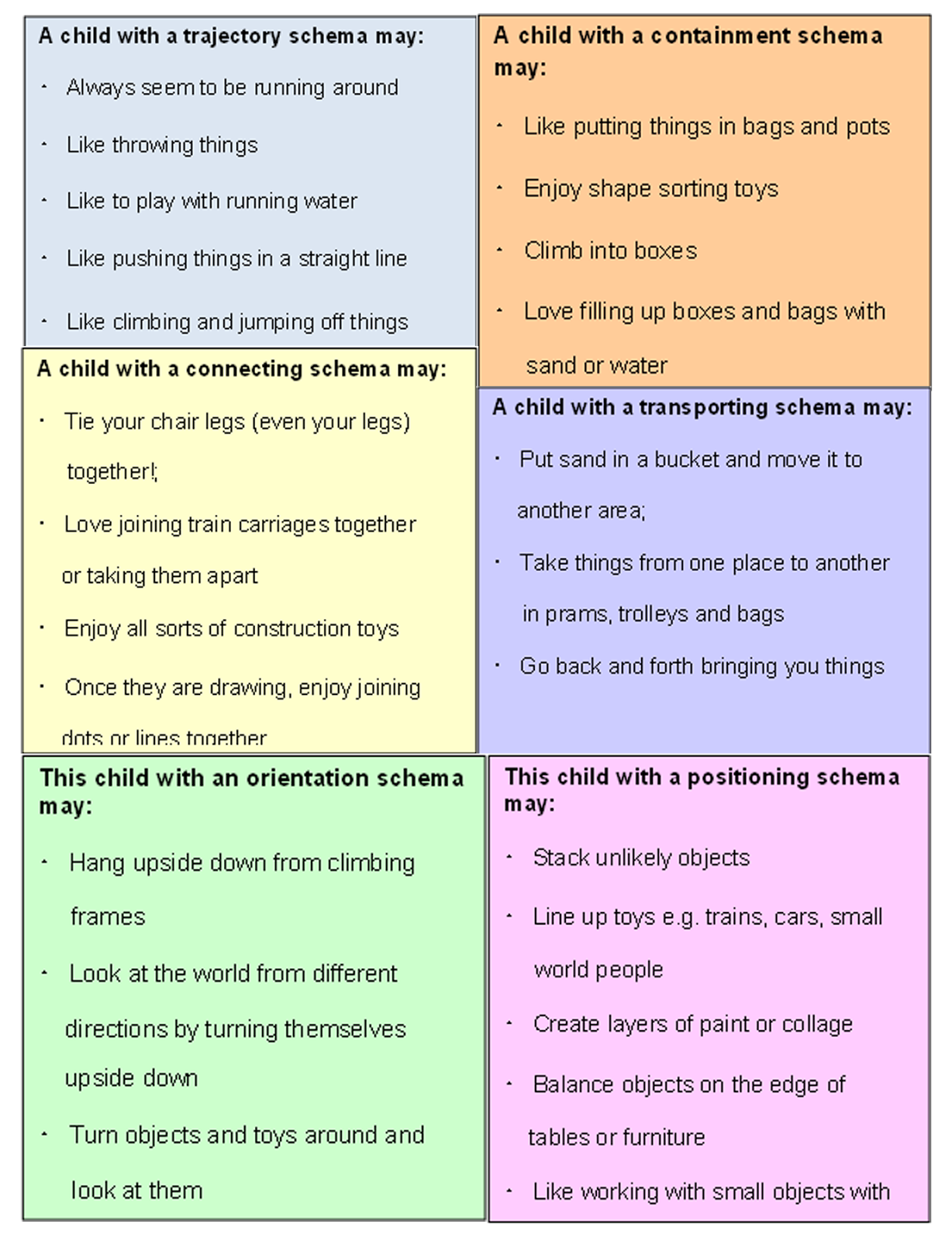
Children's Scrapstore Blog Children and Schemas Understanding Different Play Behaviours
Understanding Schemas and Emotion in Early Childhood makes explicit connections between young childrens spontaneous repeated actions and their representations of their emotional worlds. Drawing on the literature on schemas, attachment theory and family contexts, the author takes schema theory into the territory of the emotions, making it relevant to the social and emotional development strand.

All About Schemas Sheets MindingKids
Understanding play schemas or being skilled to pinpoint the ones your students are developing is critical to the success of your earlier childhood saal.

Schematic Play in the Early Years Catalyst Psychology
What are schema and why should you care? There are patterns of repeatable behavior known as "schema" that you can notice in your child's play during early childhood (~18months-age 5 or 6). No matter where you are in the world, these same schema are exhibited by kids.
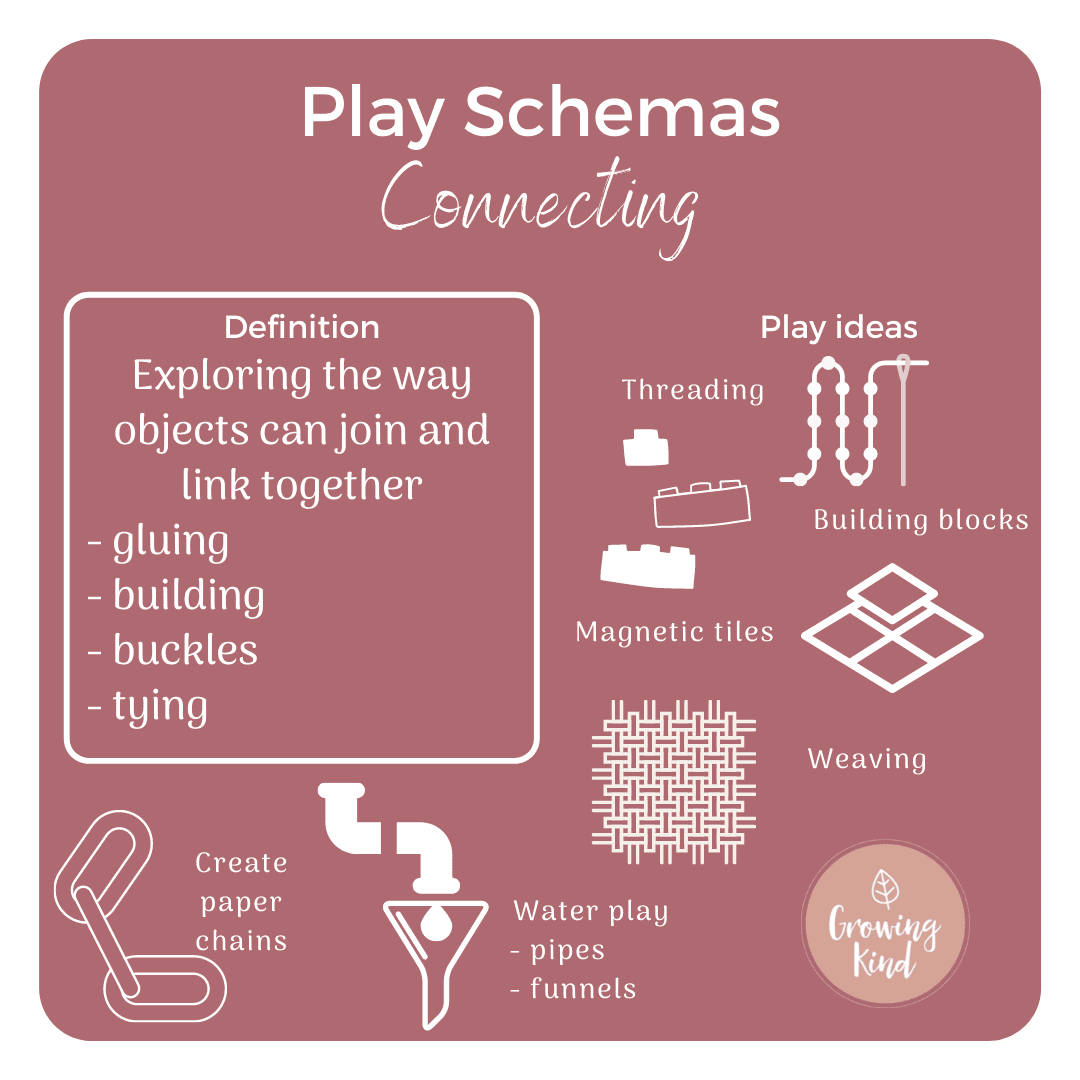
Resources & Activities to support Play Schemas Blog
Then your child is exploring their positioning schema. Positioning provides early foundations for many key skills and activities, from laying the table and placing shoes under pegs, to creating patterns in maths and maintaining neat work in school books.. Understanding schemas and young children : from birth to three. London: Sage. Katey.
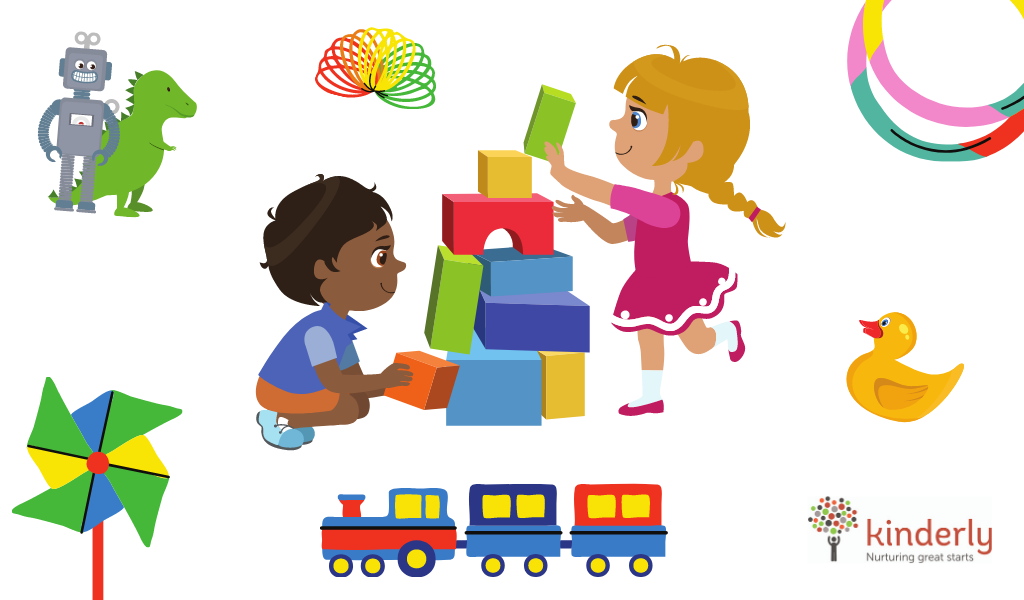
The importance of schemas in early years Kinderly
by The Empowered Educator Leave a Comment As an early childhood educator, have you ever noticed a child endlessly filling containers or obsessively lining up objects? These behaviours likely reflect "schemas" - patterns of repeated actions that reveal how a child engages with the world.
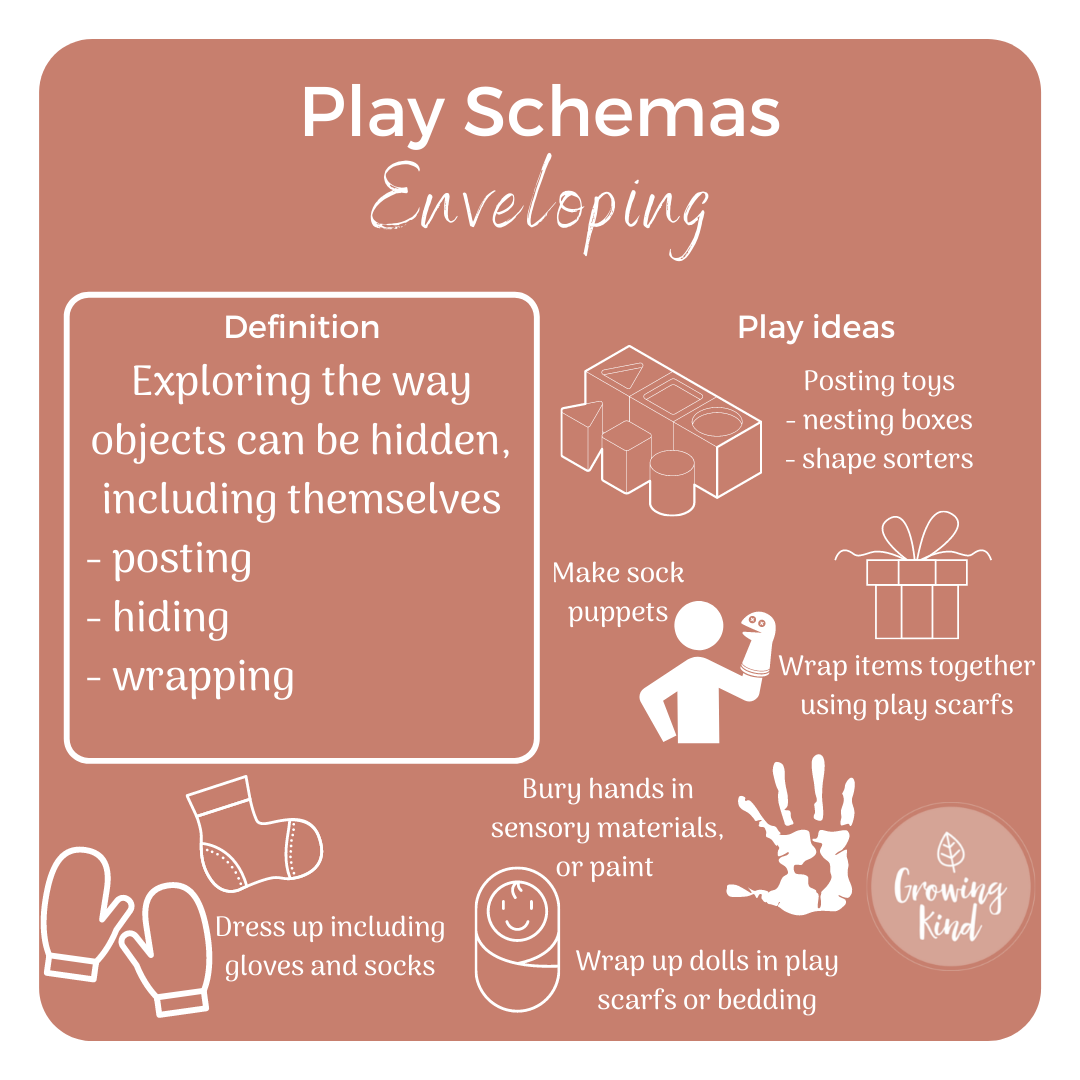
Resources & Activities to support Play Schemas Blog
Watch on What types of schema are there? There are many different type schema and here are some of the most common: Trajectory - creating lines in space by climbing up and jumping down. Dropping items from up high. Positioning - lining items up and putting them in groups. Enveloping - covering themselves or objects completely.

Beyond the Wall There is Schema Play! Early childhood education resources, Emergent
Schemas in Early Childhood Schemas are patterns in behaviour, or urges that children have to repeat certain things like climbing, hiding and throwing. They are the building blocks of the brain - forging connections that enhance learning and growth. Understanding the concept of schemas is crucial when it comes to children's development!
Schemas in Action at Early Years Project Staff Training Week 6th 10th June 2011!
Evolved through conversations with key early childhood education experts, Schemas in the Early Years focuses on the value of 'repeated patterns' of action or 'schemas' in young children's play.It stimulates readers to ask questions of themselves, to watch children closely, and to create a dialogue with parents and other educators as well.

Handout Ten Common Early Childhood Schemas Playvolution HQ
Find out how play schemas will help you create an engaging and effective learning environment and confidently plan learning experiences that perfectly match the cognitive development of each child in your class.

The Orientation Schema — My Teaching Cupboard
PowerPoint Presentation Ten Common Early Childhood Schemas Here are 10 common early learning schemas parents and caregiver have probably observed. A schema is a pattern of behavior displayed during play and exploration that a child enjoys repeating.
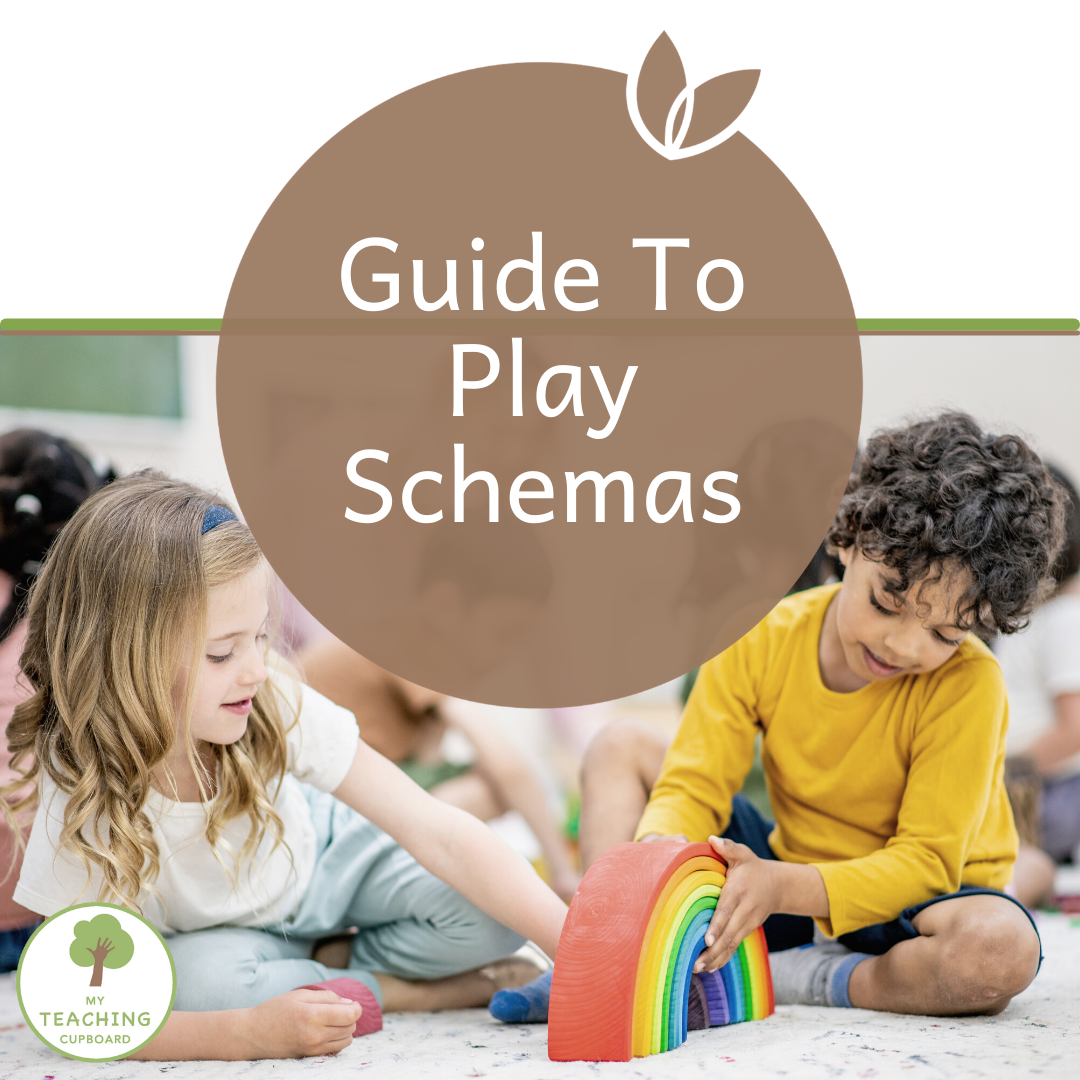
A Guide to Play Schemas in Early Childhood Education — My Teaching Cupboard
To summarise, play schemas are NATURAL, UNCONTROLLABLE and totally NECESSARY urges that ALL children have at some point or another. So what are the play schemas I need to know about in early childhood? The following list explains some of the play schemas that you may have seen in your child.

Resources & Activities to support Play Schemas Blog
So the early development of schemas through children's physical movement provides an essential underpinning for eventually beginning to write. Based on ideas by Professor Cathy Nutbrown, Head of.